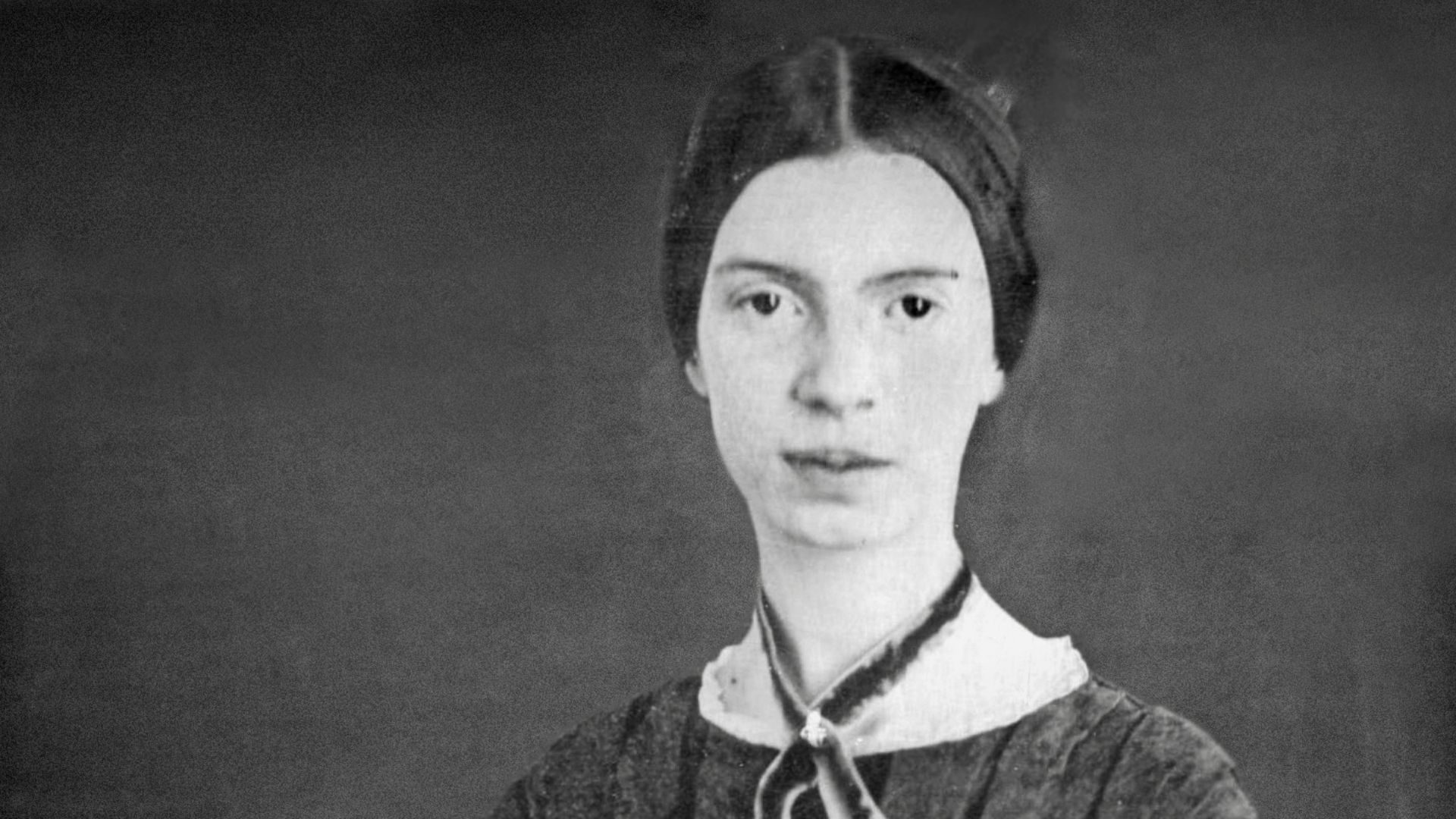Emily Dickinson Poems
'Hope' is the thing with feathers—
That perches in the soul—
...
480
"Why do I love" You, Sir?
Because—
...
185
"Faith" is a fine invention
When Gentlemen can see—
...
668
'Nature' is what we see—
The Hill—the Afternoon—
...
239
"Heaven"—is what I cannot reach!
The Apple on the Tree—
...
There is no frigate like a book
To take us lands away,
Nor any coursers like a page
Of prancing poetry.
...
A bird came down the walk:
He did not know I saw;
He bit an angle-worm in halves
And ate the fellow, raw.
...
Because I could not stop for Death-
He kindly stopped for me-
The Carriage held but just Ourselves-
And Immortality.
...
575
"Heaven" has different Signs—to me—
Sometimes, I think that Noon
...
A Coffin—is a small Domain,
Yet able to contain
A Citizen of Paradise
In it diminished Plane.
...
Emily Dickinson Poems: What are the most popular poems and most famous quotes?
Emily Dickinson's poetry books are really interesting in the poetry world. When Emily Dickinson began writing her first poems, she had received almost no education. She didn't know Shakespeare and classical mythology yet. At first he was more interested in female writers such as Elizabeth Browning and the Bronte Sisters. Meanwhile, she knew Ralph Waldo Emerson, Thoreau, and Hawthorne. Although She is not religious in the traditional sense, she studied the Bible and used religious forms in many of her poems.
What is Emily Dickinson’s most popular poem?
With its sweet message and singable rhythm, this tribute to hope is arguably Dickinson's best-known work.
Emily Dickinson’s poems are generally short. However, in her short poems, she most effectively reflects the most important issues in her life. She wrote specifically about a thing, an emotion or an issue. Hope Is The Thing With Feathers is arguably Dickinson’s best-known work with its sweet message and singable rhythm, this tribute to hope.
Read it from here: Hope Is The Thing With Feathers
What is Emily Dickinson's most famous quote?
“Will you tell me my fault frankly as to yourself?-- For I had rather wince than die. Men do not call the surgeon to commend the bone but to set it, sir, and fracture within is more critical.” …
“Hope is the thing with feathers that perches in the soul – and sings the tunes without the words – and never stops at all.” …
“That it will never come again is what makes life sweet.” …
“I dwell in possibility.” …
“Unable are the loved to die, for love is immortality.” ...
What is Emily Dickinson best known for?
Considered one of the leading American poets of the 19th century, Emily Dickinson, known for her bold original verse, which stands out for its epigrammatic compression, haunting personal voice, and enigmatic brilliance.
The famous poet remained a mysterious name by choosing not to share many of the poems she wrote. However, during her lifetime, nearly 10 of her poems were published without her permission. What is often seen in her poems is that it is like a letter. When she died, her sister Vinnie announced that Dickinson had found about eighteen hundred of her poems in her bedroom.
What is unique about Emily Dickinson’s poems?
In her poems, she tells about the love she could never experience and the lover she could not meet. She also wrote poems about nature. There are also poems in which she talks about the success she could not achieve. She reflects such elements in her poems in such an impressive way that she is considered one of the best poets of all time in the USA.
What was Emily Dickinson’s first famous poem?
The oldest record of Emily Dickinson's poetry is as follows; “Magnum bonum, harem scarem”. Dickinson published this poem as a valentine's letter in the Amherst College Indicator.
What are Emily Dickinson’s poem books?
Below are many of Emily Dickinson's poem books:
"Hope" is the thing with feathers 1891
The complete poems 1955
Because I could not stop for De… 1890
I'm Nobody! Who are you? 1891
Success is counted sweetest 1864
Wild Nights – Wild Nights! 1891
Open Me Carefully
Envelope Poems
Letters of Emily Dickinson
The Poems of Emily Dickinson
The Gorgeous Nothings
Poetry for Kids: Emily Dickinson
The Essential Emily Dickinson
Emily Dickinson poems which are published
Only 10 of Emily Dickinson's nearly 1,800 poems are known to have been published in her lifetime. Devoted to private pursuits, she sent hundreds of poems to friends and correspondents while apparently keeping the greater number to herself.
Emily Dickinson’s poems’ analysis
Since her passing in 1886, Emily Dickinson's poetry has fascinated and captivated generations. She was raised in a prosperous family with deep links to the community in Amherst, Massachusetts, yet she mostly led a solitary and introverted life, writing poems to express her innermost thoughts and feelings. Many of her poems deal with themes of death and immortality, two recurring topics in letters to her friends.
A variety of subjects are covered in Emily Dickinson's poetry. In actuality, her work does not neatly fit into any one genre. She is currently considered as an avant-garde poet. Of the roughly eight hundred poems she wrote, just a small handful were published during her lifetime. Dickinson's poems are exceptional for the time period in which she wrote; they have little lines, frequently have no titles, frequently utilize slant rhyme, and use unusual capitalization and punctuation.
Each of her 1789 poetry is explained in this substantial study by classics professor David Preest. Anyone interested in Emily Dickinson's poetry should read and refer to this, which is available as a totally free pdf download.
